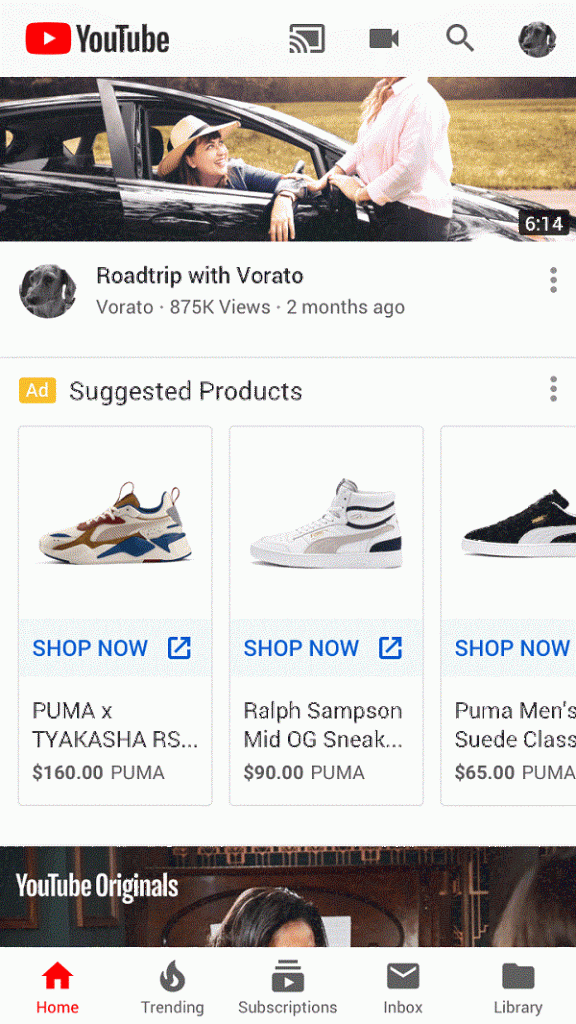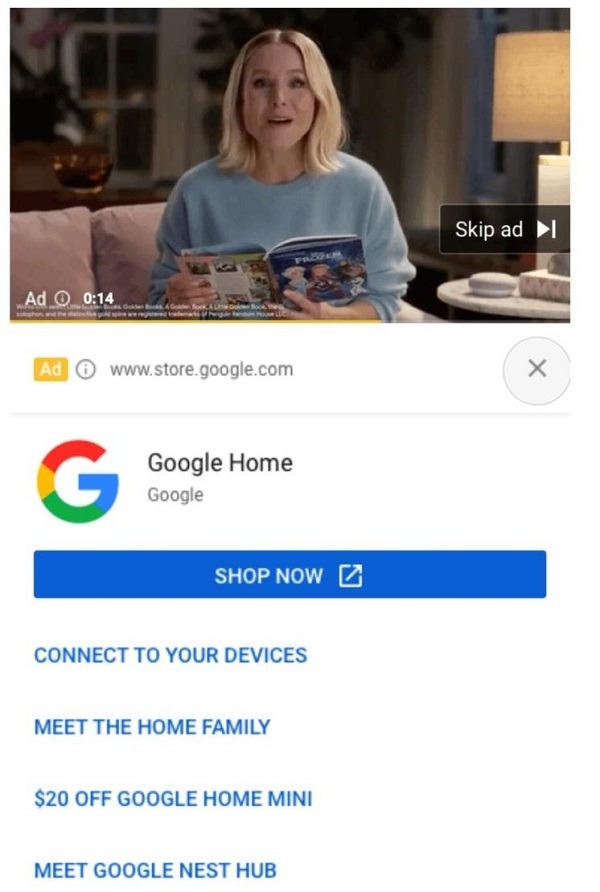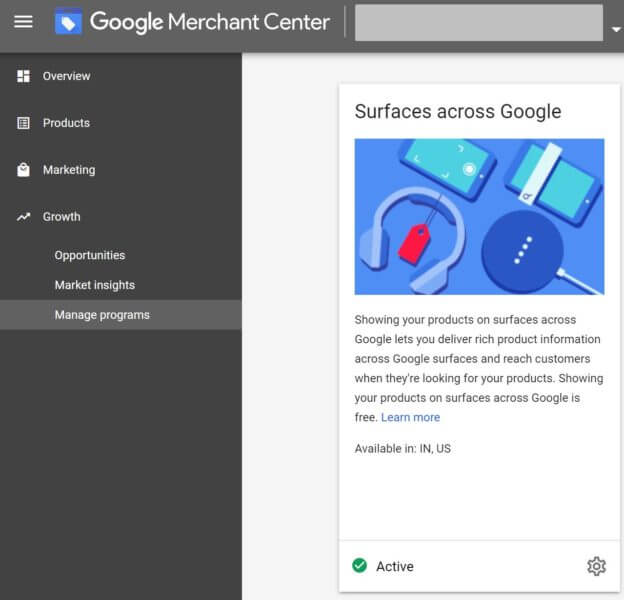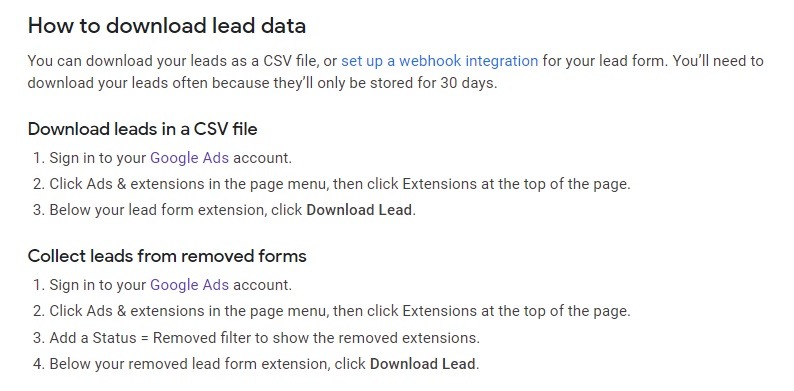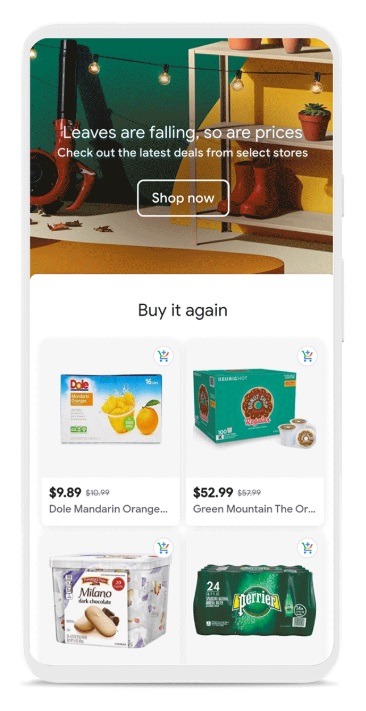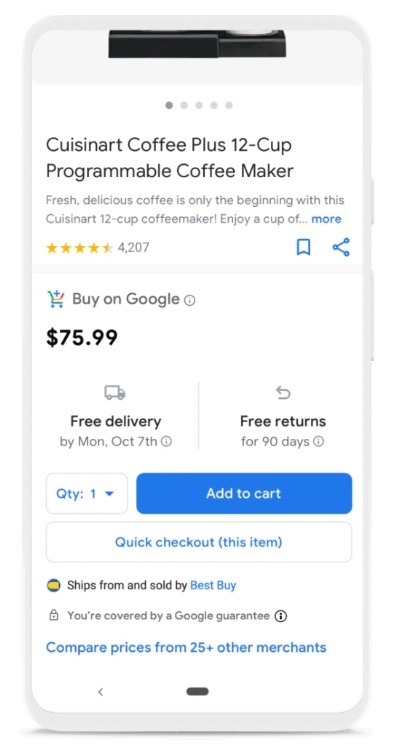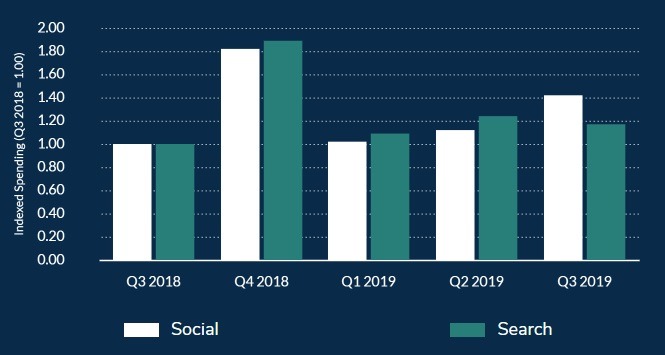With BFCM and peak holiday shopping days fast and furiously approaching, it is no surprise that there have been a lot of Facebook and Google Ads news and updates over the last month.
To help you keep up to date with the most significant PPC management and platform changes and ensure you have every possible marketing tool in your arsenal to capitalize on fourth-quarter peak traffic days, we’ve compiled a list of those changes most relevant to eCommerce advertisers. We’ve also included our expert opinions on new tools, and tips on how to best use these changes for your online store marketing plan.
In this post, we outline the following:
- Google Ads updates, news and changes
- Instagram ad updates, news and changes
- eCommerce PPC case study of the month
So roll up your sleeves, fill up that coffee and let’s get into it!
Google Ads Updates, News and Changes
1. Google Extends Shopping Ads to More YouTube Inventory Categories
We are loving this update! Coming into effect just in time for the busy shopping season, this Google Ads update will automatically add all your Smart Shopping campaigns to YouTube. Ultimately helping eCommerce advertisers expand Google Shopping campaign reach, with Shopping ads now showing on YouTube search result pages and home feeds.
This includes a ‘Suggested Products’ section amongst a YouTube user’s home page videos on mobile.
To take advantage of this extended Shopping reach, you will need to opt into YouTube on the Google Display Network. The added bonus here is that new inventory and categories (beyond apparel and furniture queries) will also apply to Showcase Shopping ads.
Another critical Google Shopping and YouTube update expected in the coming months is the introduction of site links for TrueView action ads. Meaning, YouTube viewers will be able to reach additional pages from video ads. Google is said to be beta-testing this feature with 30 advertisers – who have already seen a 23% increase in conversions with this update.
2. HUGE Google Merchant Center Update For Holiday Sales
Google has just released an awesome tool that’s going to help get more products advertised in the coming months. If you’ve had a product rejected because of promotional text in your product photos, this upgrade is going to be a big help. This tool, which can now be enabled in the Google Merchant Center, automatically removes text from images to help reduce product rejection.
We took part in its beta-test on an immense scale; therefore, we can vouch for it. To give you an idea of its potential, one of our clients had 4,000 previously rejected products out of 20,000 that were approved after using this tool.
But that’s not the only update to get excited about! Here is a list of the most significant changes of this 2019 Google Merchant update:
- Auto Image Improvements: Google will automatically remove promotional text to prevent your products being from rejected.
- Automated Feed: Merchants can now let Google crawl their website and get a product feed automatically. Google claims they finally have this feature down. If they do, this is a game-changer!
- Additional Product Exposure Across Google Network: Google is offering free product exposure for a selection of rich product sections and images.
3. Google Launches ‘Conversion by Time’ Metrics
If you have ever wanted to track conversions as they happen instead of when the click that leads to that sale happens, now you can. Google’s new ‘conversions by time’ columns mean you will be able to track conversions and conversion values at the time they (the conversions) happened.
Let’s say you are running a Search ad, which was clicked last Wednesday but resulted in a sale this Tuesday. Previously, Google would attribute the click and conversion to this week’s click engagement date and time (Tuesday). With this new column, you will now be able to see the date/time when the actual conversion happened – which, in this example, would be last Wednesday.
Why should you care? These new conversion time reports will help you more accurately measure conversion data and compare stats based on date and time. Google gives this example:
“For instance, you can compare your metrics in Google Ads with your business’s sales reports to confirm how many products you sold last month.”
Here are the new six Conversion by Time columns that Google has launched:
- Conversions (by conv. time)
- Conv. value (by conv. time)
- Value / Conv. (by conv. time)
- All conv. (by conv. time)
- All conv. value (by conv. time)
- Value / all conv. (by conv. time)
4. Google Launches Cross-Account Analysis with Report Editor
We’re super excited about this Google Report Editor update, and you should be too! Why? Because if you manage multiple Google Ads accounts, you can now do a cross-account analysis without having to download reports from different Manager accounts.
Designed to make it easier to get the data you need to succeed, the Manager account’s Report Editor will now enable you to “slice and dice” important data in real-time. This means advertisers are now able to use custom charts and segments to analyze cross-account performance in their browsers.
Here’s an example from Google:
“For example, let’s say that you manage three accounts in different regions and want to look at global performance over time. Previously, you would need to download performance for each account individually, and then stitch the data together to find global trends. Now, you can analyze this cross-account performance with custom tables, charts, and data segments directly in your browser.”
For now, this feature is available to Manager accounts that handle up to ten Google Ads accounts, but Google is planning to extend this feature to other account types. Sign up for our blog notifications for announcements when this feature is extended.
5. Google Tests ‘Capture Leads’ Extension
Google is busy beta-testing a new ad extension that you’ll want to stay on top of. The new Capture Leads extension is for Google marketers who want to use text ad campaigns to capture new leads. Simply put, the extension will enable searchers to download or request information by submitting their information through an extension form.
The Capture Leads extension will only be able to be used with Google Search campaigns, with form opens being counted as clicks and submitted info counted as lead conversions. Here are Google’s instructions on how to add Capture Lead extensions to existing Search ads and how you can download lead data:
The data you collect from these types of ad extensions will only include names, emails, phone numbers and postal codes. However, you will be able to customize the submission completion page to include your own CTAs.
We’re looking forward to seeing the results of their beta test and case studies!
6. Two Google RSA Updates You Should be Aware Of
The next Google update is particularly useful for eCommerce advertisers. Not only are Responsive Search Ads now available to all marketers, but they include two new tools to help you optimize your campaigns and boost ROIs. Let’s look at both.
- Performance Column: Google has designed this tool to help you identify and assess your ad group’s creative assets. In other words, it has been designed to help you determine which of your creative assets are driving results – allowing you to keep your best-performing creatives and replace those that are underwhelming.
- Ad Variations: Now enabled for Responsive Search Ads, ad variations will enable you to A/B test copy variations and elements to check performance potential before throwing all your budget in.
7. Two New Google Ads Targeting Options
One of the biggest pre-holiday changes Google made comes in the form of targeting. These two new audience targeting options have been added to help you engage with more users who are passionate about the products you are selling and ensure you reach the right type of potential shopper at the right time.
Here’s a breakdown of each:
- In-Market Audiences: This new targeting option is Google’s way of getting ready for the holiday season. In-market audiences will help you reach potential shoppers who are actively looking for the types of products you are selling, and combined with the new seasonal event segments, you can increase holiday sales potential by providing seasonal offers to those looking for them. This is available for Search and YouTube ads.
- Affinity Audiences: This targeting option serves as an additional audience layer that helps you reach people who are not only searching for the types of products you are selling, but who are very enthusiastic about the niche. For example, let’s say you are selling yoga products; you could use an affinity audience like “yoga lovers” with generic yoga product keywords. Affinity audiences are currently available in Search, Display, Video, Shopping, Gmail and Video 360 campaigns.
8. New Destinations for Google Shopping Actions
Going live in the US, Google’s Shopping Actions promise personalized recommendations and are said to be Google’s answer to gaining domination over Amazon. Available on mobile and desktop, the redesigned Google Shopping experience has been designed to offer users a personal experience with product suggestions, and enables them to click to buy.
In short, with this design change, Google is bringing local inventory, personalized shopping and better checkout to Google Shopping. Here are some of the big changes eCommerce advertisers should be aware of:
- The ‘Buy on Google’ feature enables shoppers to buy and check out directly from Google. AKA: universal checkout that is a joining of Google Express with Shopping. Currently called Google Shopping Actions, this is Google’s cost-per-action program for retailers.
- A price-tracking feature that enables potential shoppers to tag products and get notifications when prices drop.
Ultimately, this change is designed to keep Google relevant in the retail market; to stay visible in Google Shopping long term, you may want to consider adopting.
Instagram Ads Updates, News and Changes
Instagram is Testing Augmented Reality and Product Launch Reminders
There are two new Instagram Ads updates that are going huge for eCommerce advertisers once they move from testing phases. Proving that Instagram is investing in IG Shopping in a huge way, these updates include augmented reality testing and product launch notifications. Let’s break each one down.
Product Launch Reminders
This feature is being tested via Google Shopping and will allow users to preview products not yet available for sale. With the addition of a Story sticker, Instagram users can opt in to receive a push notification reminder when the product is launched.
Augmented Reality
Another exciting feature to look out for is the upcoming on-platform augmented reality shopping feature. Still in the testing phase, this feature will give Instagramers browsing shoppable posts the option to ‘try on’ the product. The details are still under wraps, but we predict that adding AR tools to Shopping is going to be significant for eCommerce marketers.
PPC Case Study Of the Month
In a recent Kenshoo report, it was revealed that eCommerce ad spend on Search and social product ads (DPA) is showing continued growth. Based on a sample of 3,000 advertisers in 150 countries, the study included an analysis of 500 billion impressions, 13 billion clicks and $5.5 billion in advertising spend. The platforms in the study included Google, Amazon Advertising, Baidu, Yandex, Yahoo, Yahoo Japan, Pinterest, Snapchat, Facebook, Instagram and Facebook Audience Network. Ultimately proving what experts know and putting the data where eCommerce PPC managers’ mouths are.
So what are the key takeaways?
Firstly, they found that during the third quarter of 2019, 39% of eCommerce Search budgets are going to Shopping campaigns, while 37% of social budgets are going to product ads – which increased by 42% from 2018’s third quarter.
Additionally, the study showed that paid social spend is increasing 32% year-over-year, which is being driven by Instagram video and product ads, with neck-and-neck fourth-quarter competition expected.
In a nutshell, this report proves what we already know: Shopping and product campaigns are working and their growth is almost guaranteed.
—
There you have it, all the Instagram and Google Ads updates, news and changes launched just before 2019’s peak shopping season. Remember to sign up for our blog alert newsletter for eCommerce PPC platform and management changes as they happen.
Got questions? Post them in the comments below; our PPC gurus are standing by.

Mushon is the Head of Media at StoreYa. He's a PPC expert specializing in Facebook, Google, and Instagram eCommerce campaigns.
Recommended articles
 Facebook Ads for eCommerce: 16 Strategies, Examples & Tips
Facebook Ads for eCommerce: 16 Strategies, Examples & Tips
 How to Build a Winning eCommerce Ads Strategy
How to Build a Winning eCommerce Ads Strategy
 Google Ads for eCommerce: Everything You Need to Know
Google Ads for eCommerce: Everything You Need to Know
 10X Your Traffic with PPC Management Software
10X Your Traffic with PPC Management Software
Comments
Powered by Facebook Comments
